Falkland Islands, South Georgia & Antarctica
__________________
__________________
| Day | Place | Highlights |
|---|---|---|
| Day 1 | Ushuaia | Arrive in Ushuaia and embark on your Antarctic voyage |
| Day 2 | At Sea | Look out for sea birds, meet the expedition team |
| Day 3-4 | Falkland Islands | Carcass Island, Saunders Island, Port Stanley |
| Day 5-6 | At Sea | Sea birds, lectures on board |
| Days 7-10 | South Georgia | Majestic Mountains, elephant seals, king penguins |
| Day 11 | Towards Antarctica | Sea birds, onboard educational program |
| Day 12 | South Orkney Islands | Wildlife, Orcadas Base, Signy Island |
| Day 13 | At Sea | Last push towards Antarctica |
| Day 14-16 | Antarctic Peninsula | Brown Bluff, Antarctic Sound, Weddell Sea, Bransfield Strait (weather permitting) |
| Days 17-18 | Drake Passage | Cape Horn |
| Day 19 | Ushuaia | Your voyage ends after breakfast |

The Plancius accommodates up to 108 passengers in 53 passenger cabins all with private ammenitiies. Built in 1976 as an oceanographic research vessel for the Royal Dutch Navy she sailed for the Navy until 2004 when she was used as an expedition vessel. Completely rebuilt in 2009 and later upgrades in 2019, the complies with the latest SOLAS-regulations. Offering a restaurant/lecture room on deck 3, a spacious observation lounge with large windows and a bar on deck 5 and a library on deck 5there is no shortage of places to relax. There are large open deck spaces on the Plancius, especially on Deck 4 with full walk-around possibilities for optimal wildlife spotting and enjoying the scenery. The Plancius carries 10 Mark V zodiacs, with 40 HP 4-stroke outboard engines and 2 gangways on the starboard side, guaranteeing a swift zodiac operation. Whilst the Plancius is comfortable and well equipped, she is in no way a luxury vessel. The focus is in spending as much time on shore as possible with an exploratory educational travel programme with 8 highly knowledgeable expedition staff.
The Ortelius was originally the Marina Svetaeva. Built in Gdynia, Poland in 1989, it served as a special-purpose vessel for the Russian Academy of Science. Later it was re-flagged and renamed after the Dutch/Flemish cartographer Abraham Ortelius, who in 1570 published the first modern world atlas: Theatrum Orbis Terrarum or Theatre of the World. The Ortelius can accommodate 108 guests and has an abundance of open-deck spaces for watching wildlife and the impressive scenery as you sail past. She also has the highest ice-class notation (UL1, equivalent to 1A) making her perfect for polar expeditions.
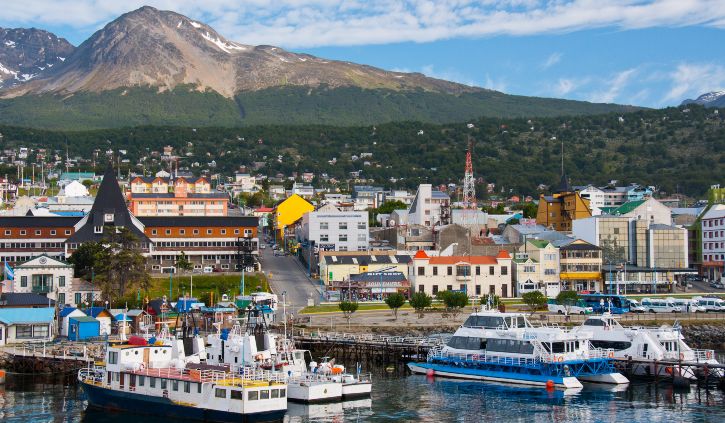
Your voyage begins where the world drops off. Ushuaia, Argentina, reputed to be the southernmost city on the planet, is located on the far southern tip of South America. Starting in the afternoon, you embark from this small resort town on Tierra del Fuego, nicknamed “The End of the World,” and sail the mountain-fringed Beagle Channel for the remainder of the evening.
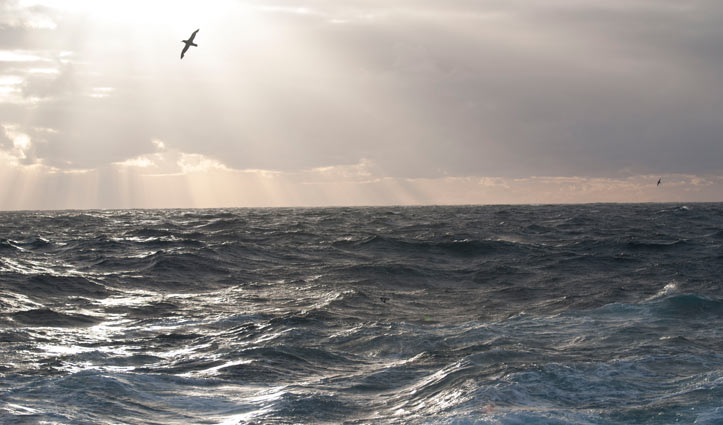
Several species of albatross follow the vessel into the westerlies, along with storm petrels, shearwaters, and diving petrels.
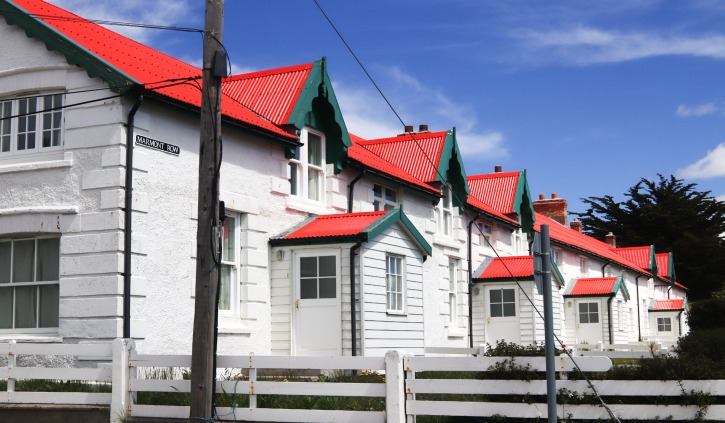
The Falkland (Malvinas) Islands offer an abundance of wildlife that is easily approachable, though caution is always advised. These islands are largely unknown gems, the site of a 1982 war between the UK and Argentina. Not only do various species of bird live here, but chances are great you’ll see both Peale’s dolphins and Commerson’s dolphins in the surrounding waters.
During this segment of the voyage, you may visit the following sites:
Carcass Island – Despite its name, this island is pleasantly rodent-free and hence bounteous with birdlife. Anything from breeding Magellanic penguins and gentoos to numerous waders and passerine birds (including Cobb’s wrens and tussock-birds) live here.
Saunders Island – On Saunders Island you can see the black-browed albatross and its sometimes-clumsy landings, along with breeding imperial shags and rockhopper penguins. King penguins, Magellanic penguins, and gentoos are also found here.
The capital of the Falklands and center of its culture, Port Stanley has some Victorian-era charm: colorful houses, well-tended gardens, and English-style pubs are all to be found here. You can also see several century-old clipper ships nearby, silent witnesses to the hardships of 19th century sailors. The small but interesting museum is also worth a visit, covering the early days of settlement up to the Falklands War. Approximately 2,100 people live in Port Stanley. Feel free to wander at will, though be aware that admission fees to local attractions are not included in the voyage.
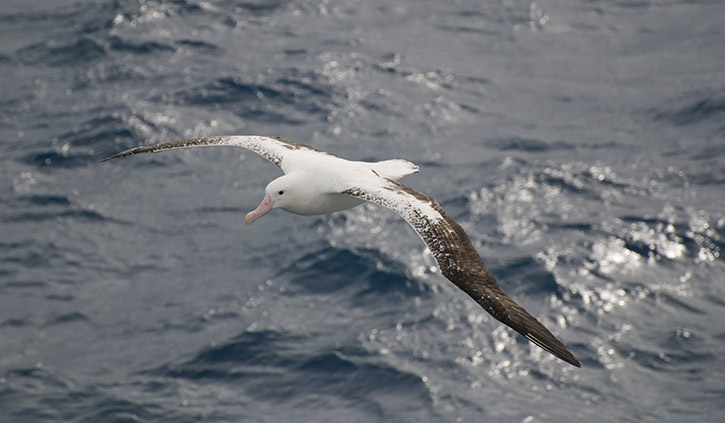
En route to South Georgia, you now cross the Antarctic Convergence. The temperature cools considerably within the space of a few hours, and nutritious water rises to the surface of the sea due to colliding water columns. This phenomenon attracts a multitude of seabirds near the ship, including several species of albatross, shearwaters, petrels, prions, and skuas.
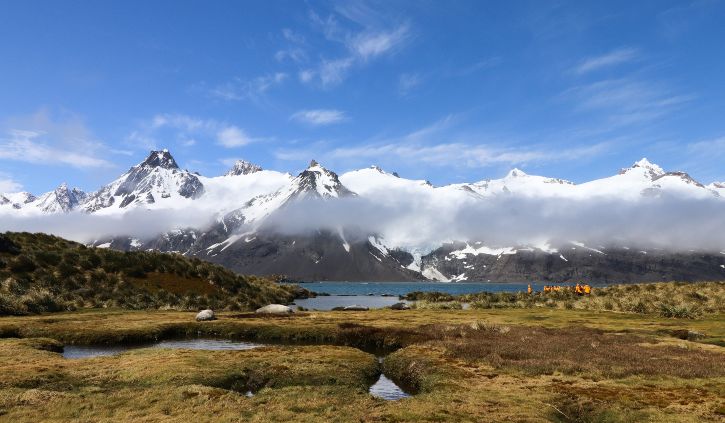
Today you arrive at the first South Georgia activity site. Please keep in mind that weather conditions in this area can be challenging, largely dictating the program.
Over the next several days, you have a chance to visit the following sites:
Prion Island – This location is closed during the early part of the wandering albatross breeding season (November 20 – January 7). From January on, the breeding adults have found their partners and are sitting on eggs or nursing their chicks. Enjoy witnessing the gentle nature of these animals, which possess the largest wingspan of any birds in the world.
Fortuna Bay – Near beaches inhabited by various penguins and seals, you have the chance to follow the final leg of Shackleton’s route to the abandoned whaling village of Stromness. This path cuts across the mountain pass beyond Shackleton’s Waterfall, and as the terrain is partly swampy, be prepared to cross a few small streams.
Salisbury Plain, St. Andrews Bay, Gold Harbour – These sites not only house the three largest king penguin colonies in South Georgia, they’re also three of the world’s largest breeding beaches for Antarctic fur seals. Literally millions breed on South Georgia during December and January. Only during the mid-season do they peak in their breeding cycle. Watch the large bulls keep a constant vigil (and occasionally fight) over territories where dozens of females have just given birth or are about to deliver. Watch your step and stay cool when walking the beaches during this time.
Grytviken – In this abandoned whaling station, king penguins walk the streets and elephant seals lie around like they own the place – because they basically do. Here you might be able to see the South Georgia Museum as well as Shackleton’s grave.
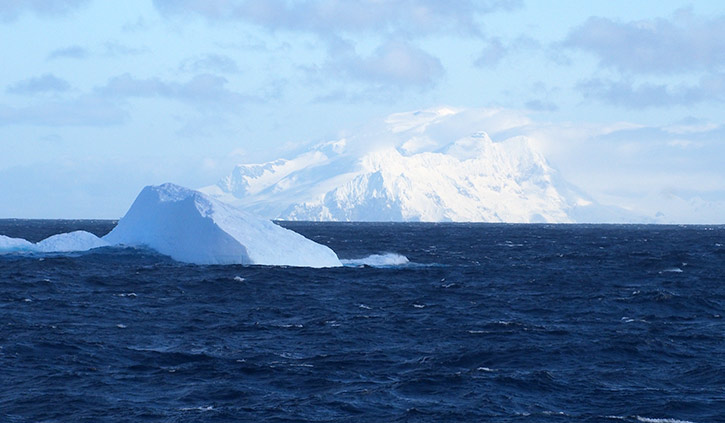
There may be sea ice on this route, and at the edge of the ice some south polar skuas and snow petrels could join the other seabirds trailing the vessel south.
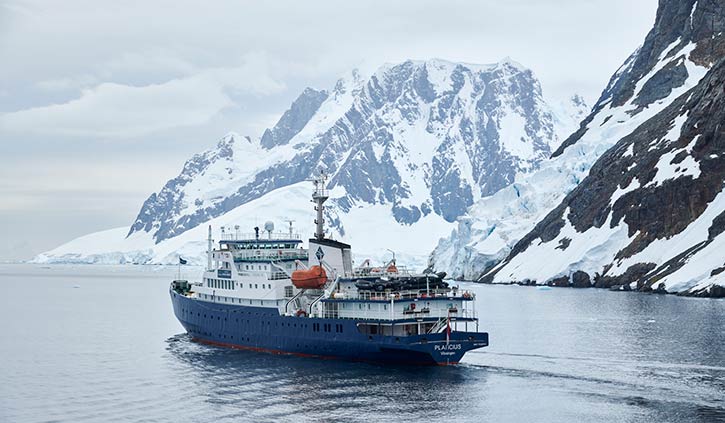
The South Orkney Islands are linked to the Antarctic Peninsula by an enormous submarine mountain range called the Scotia Arc, these often mist-shrouded islands are protected by large icebergs and sea ice. Depending on the conditions, you might visit Orcadas Base, an Argentine scientific station on Laurie Island in the South Orkney archipelago. The personnel here will happily show you their facility, where you can enjoy expansive views of the surrounding glaciers. If a visit isn’t possible, you may instead make a landing at Signy Island’s Shingle Cove.
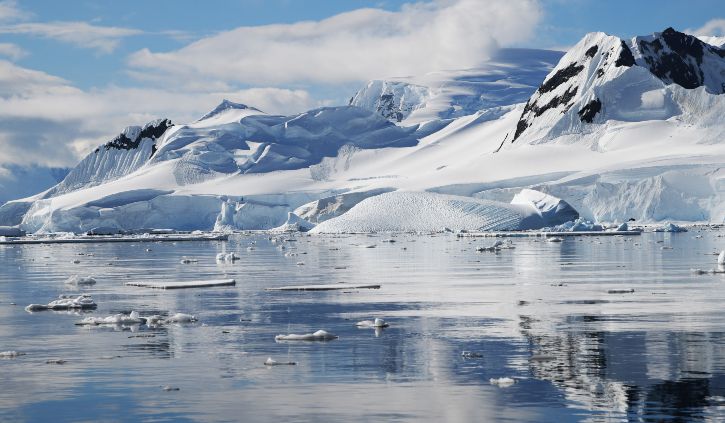
This is your last push to the Antarctic. Enormous icebergs and a fair chance of fin whale sightings ensure that there’s never a dull moment on this last sea voyage south. Also, your best chance to spot Antarctic petrels is here.
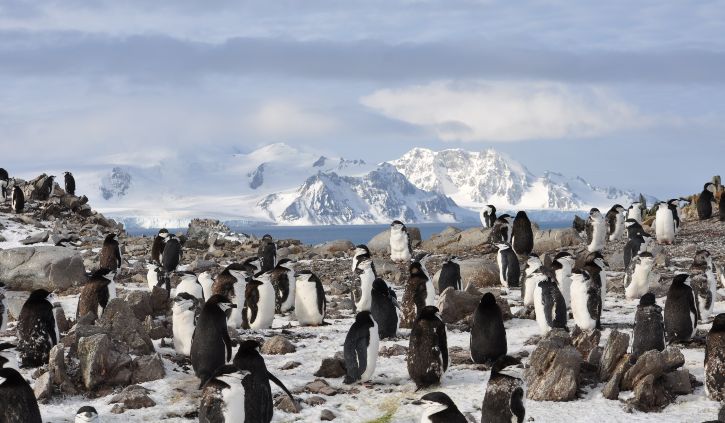
If the ice conditions permit, you now sail into the Weddell Sea. Here colossal tabular icebergs herald your arrival to the eastern side of the Antarctic Peninsula. Paulet Island, with its large population of Adélie penguins, is a possible stop. You might also visit Brown Bluff, located in the ice-clogged Antarctic Sound, where you could get the chance to set foot on the Antarctic Continent itself.
If conditions aren’t favorable to enter the Weddell Sea from the east, the ship will set course for Elephant Island and head into the Bransfield Strait, between South Shetland Island and the Antarctic Peninsula. Here you can attempt to access the Antarctic Sound from the northwest.
The breathtaking scenery continues in the southern Gerlache Strait, and if ice conditions allow, you may even reach Lemaire Channel. Conditions on the Drake Passage will determine your exact time of departure.
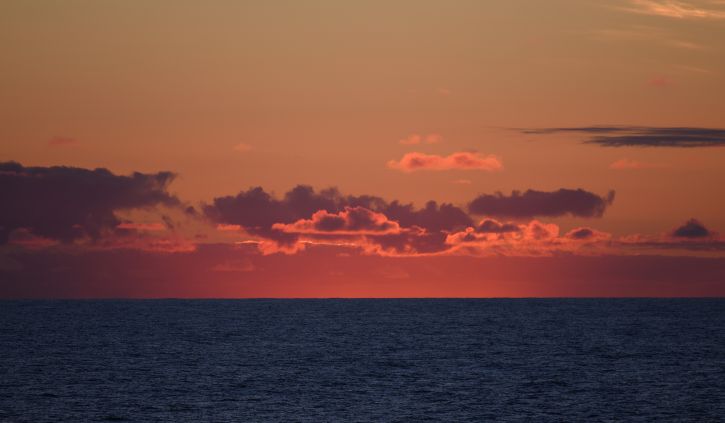
While crossing the Drake, you’re again greeted by the vast array of seabirds remembered from the passage south. This is a good time to sort through photos, recap your adventures with fellow travellers and enjoy your final days at sea.
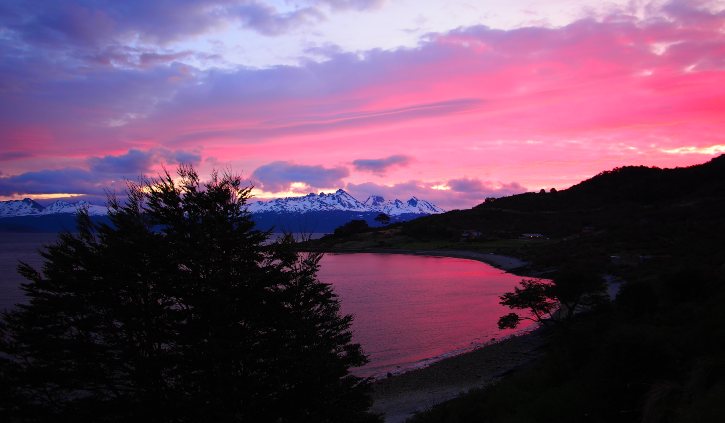
Every adventure, no matter how grand, must eventually come to an end. It’s now time to disembark in Ushuaia, but with memories that will accompany you wherever your next adventure lies.
To make the most of your time in South America we can tailor a holiday to Patagonia to suit your voyage dates. If you have a bit more time we can create a tailor-made itinerary to some of the highlights of South America. Take a look at the Patagonia sample itineraries below and contact us to begin creating your perfect holiday.
18 Days
4 Days
5 Days